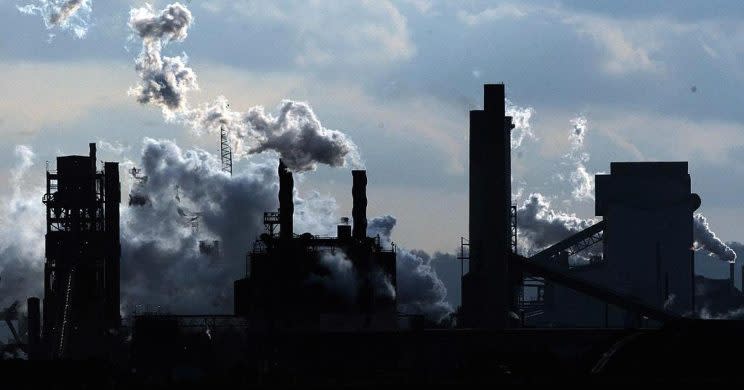What Trudeau's carbon tax will mean for your wallet

The Liberal government’s plan to introduce a carbon price by 2018 may lend some credibility to Justin Trudeau’s pledges to ratify the Paris climate accord, but it’s a bit tricky to get a handle on how it will ultimately impact consumers.
For starters, the government has yet to unveil more than a few details of the plan, which so far consists of a pledge to impose a $10 per tonne cost on carbon emissions beginning in 2018 on any province that doesn’t have an equivalent plan in place. The cost will then go up by $10 increments per year to $50 by 2022, presumably at which point a new scale will be introduced.
So that gives us some numbers to work with.
But the other challenge is figuring out how the plan will mesh with the plans currently in place in several of the provinces.
British Columbia has had a carbon pricing regime in place since 2008, and Alberta plans to introduce its own plan next year. Manitoba has also pledged to bring in its own plan, and cap-and-trade schemes are in place in Quebec and in the offing in Ontario.
So there’s been action afoot on carbon even before Trudeau surprised the provinces with his plan last week.
Altogether, those provinces comprise 85 per cent of Canada’s population, but it’s unclear how the federal plan will mesh with them, particularly the cap-and-trade systems.
“(In) Ontario and Quebec there will have to be a calculation to determine whether the price of carbon imposed on the cap and trade meets the federal standard or not,” says Len Coad, director of energy and environmental research at the Conference Board of Canada.
But some have taken a stab at running the numbers. According to the Ecofiscal Commission, an economics think-tank, the Ontario plan should have an estimated equivalent price of $19.40 per tonne by 2020, which suggests the Ontario scheme may have to be altered to keep up with the federal scheme.
But Ecofiscal doesn’t envision major disruption to consumers at that level.
“A $30 carbon price in Canadian provinces would impose small costs on households,” it says in a report written before Trudeau unveiled his plan.
B.C.’s experience backs that up to this point. The $30-per-tonne price currently in place in that province led to an additional cost of 6.7 cents per litre of gasoline and 7.7 cents per litre of diesel, hardly a shock to the system, but perhaps enough to begin to sway behaviour, which is the point.
But beyond the pump, where would consumers feel it?
Industries that rely heavily on transport could see prices go up.
“The issue there becomes, are (industries) able to pass the cost increase through to their customers or not,” says Coad.
And certainly in home heating, costs would rise if your electricity is sourced from gas or coal. So in Quebec, with its vast hydroelectric capacity, there should be very little impact. In Alberta and Saskatchewan, which have significant gas and coal-fired electricity (not to mention considerable resource extraction industries), the impact would be much greater. Indeed, Ecofiscal pegs those two provinces the two most likely to see a significant impact from a carbon price.
Also, because of the impact on home heating and gasoline, carbon pricing is likely to hit low-income households a bit more than higher-income households.
But Coad stresses the unknowns at this point, including how the revenue will be recycled back into the economy. The federal plan stresses the proceeds from any taxes will stay within the provinces, and those could end up coming back to benefit consumers.
And of course, since the goal of all this is to encourage shifting to lower-emitting solutions, industrial players who expect costs to rise could be seeking ways to mitigate that.
“This is complex question. Right now there are lots of political and emotional responses, the analytical response is to want more information,” says Coad.

 Yahoo Finance
Yahoo Finance 
